Home>Furniture & Design>Interior Design Trends>What Is Mercury Glass
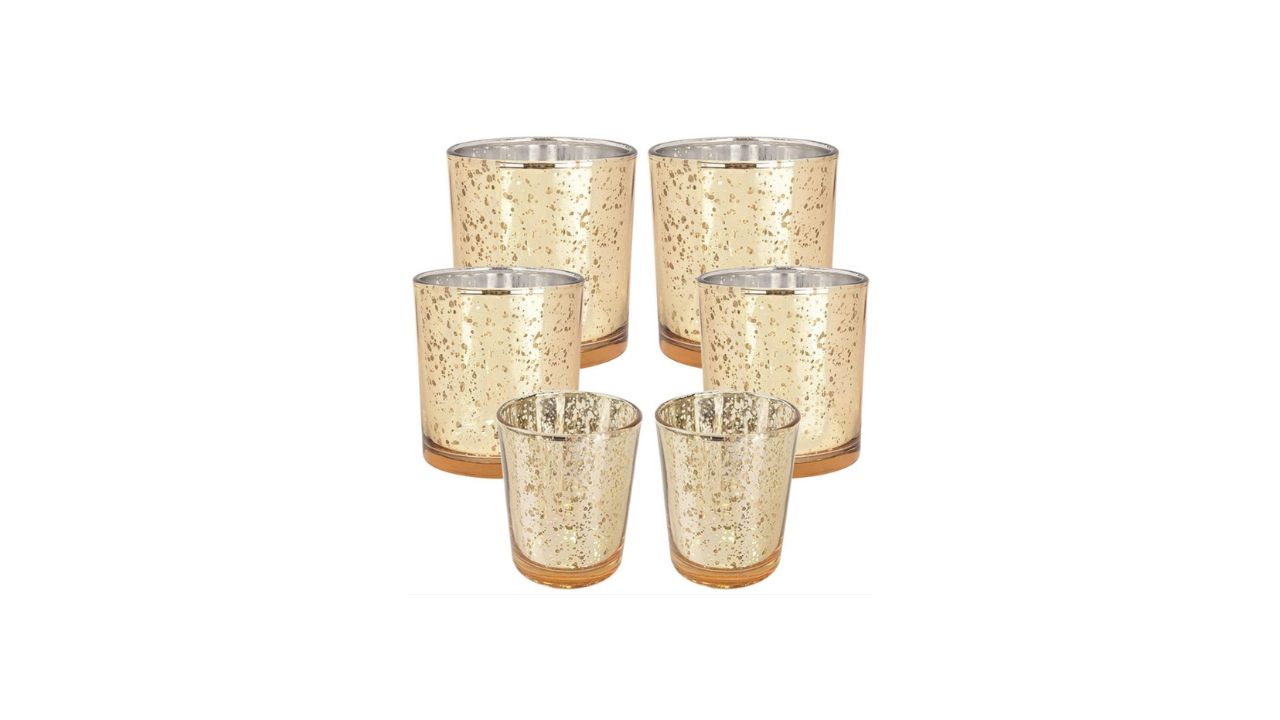

Interior Design Trends
What Is Mercury Glass
Modified: February 6, 2024
Discover the allure of mercury glass in interior design trends. Learn how to incorporate this timeless and elegant decor element into your home.
(Many of the links in this article redirect to a specific reviewed product. Your purchase of these products through affiliate links helps to generate commission for Storables.com, at no extra cost. Learn more)
Introduction
Mercury glass, also known as silvered glass, is a timeless and elegant decorative material that has been cherished for centuries. Its distinctive appearance, characterized by a silvered, reflective surface, has made it a popular choice for interior design enthusiasts and collectors alike. This unique glass has a fascinating history, and its production involves a meticulous process that results in its characteristic lustrous finish.
The allure of mercury glass lies in its ability to effortlessly blend vintage charm with contemporary sophistication. Whether used as a statement piece or as subtle accents, mercury glass adds a touch of glamour to any space. From antique chandeliers to modern-day ornaments, this versatile material continues to captivate admirers with its enchanting allure.
In this article, we will delve into the captivating history of mercury glass, explore the intricate process of crafting this exquisite material, and discover its diverse applications in interior design. Additionally, we will provide valuable insights into the proper care and maintenance of mercury glass, ensuring that its timeless beauty can be enjoyed for years to come. Join us on a journey through the enchanting world of mercury glass, where history, craftsmanship, and design converge to create an enduring legacy of elegance and allure.
Key Takeaways:
- Mercury glass, also known as silvered glass, has a rich history dating back to 19th-century Europe. Its timeless allure and lustrous finish make it a sought-after decorative material in interior design, adding vintage charm to modern spaces.
- Crafting mercury glass involves a meticulous process of applying a silvering solution to the interior of double-walled glass vessels, resulting in its iconic reflective surface. With proper care and maintenance, mercury glass pieces can retain their captivating radiance for generations to come.
Read more: What Are Mercury Glass Ornaments
History of Mercury Glass
The history of mercury glass is a captivating tale that spans centuries, tracing its origins to the early 19th century in Europe. Initially crafted to replicate the appearance of silver, mercury glass quickly gained popularity as a more affordable alternative to the precious metal. Its shimmering surface and reflective qualities made it a coveted choice for ornamental and functional items, adding a touch of opulence to households across the continent.
The production of mercury glass, also known as silvered glass, began in the 1800s, with artisans skillfully applying a silvering solution to the interior surface of double-walled glass vessels. This process resulted in the creation of stunning decorative pieces that closely resembled the appearance of genuine silver. The allure of mercury glass quickly spread, and it became a symbol of sophistication and refinement in interior design.
During the Victorian era, mercury glass experienced a surge in popularity, adorning homes with its radiant luster and ornate designs. It was prominently featured in the form of candlesticks, vases, and Christmas ornaments, adding a touch of glamour to festive celebrations. The mesmerizing interplay of light and reflection created by mercury glass captivated the imaginations of many, solidifying its status as a cherished decorative material.
As the 20th century unfolded, the production of mercury glass experienced a decline due to the introduction of more cost-effective manufacturing techniques and safety concerns associated with the use of mercury. However, the timeless allure of mercury glass endured, and its vintage charm continued to captivate collectors and interior design enthusiasts.
In recent years, a resurgence of interest in vintage and antique decor has reignited the popularity of mercury glass. Its timeless appeal and ability to seamlessly complement a wide range of interior styles have positioned it as a sought-after element in modern design trends. From elegant table centerpieces to captivating light fixtures, mercury glass continues to enchant admirers with its timeless elegance and captivating history.
The rich legacy of mercury glass serves as a testament to its enduring allure, making it a cherished component of interior design that transcends time and trends. Its fascinating journey from a humble silver substitute to a beloved decorative material is a testament to the enduring appeal of this shimmering glass, ensuring that its legacy will continue to shine brightly for generations to come.
How Mercury Glass is Made
The intricate process of crafting mercury glass involves a meticulous combination of artistry and chemistry, resulting in the creation of its distinctive lustrous finish. While modern production methods have evolved to prioritize safety and environmental considerations, the fundamental technique of achieving the mesmerizing silvered effect remains rooted in tradition.
The production of mercury glass typically begins with the selection of high-quality double-walled glass vessels, such as vases, ornaments, or decorative objects. These vessels serve as the foundation for the silvering process, providing a transparent canvas for the application of the reflective coating.
To create the iconic silvered appearance, artisans carefully apply a silvering solution to the interior surface of the glass vessel. This solution, traditionally containing a combination of silver nitrate and other chemical compounds, undergoes a chemical reaction that results in the deposition of a thin, reflective layer of metallic silver. This transformative process imbues the glass with its characteristic luminous sheen, capturing and refracting light to create a captivating display of radiance.
Once the silvering solution has been meticulously applied and allowed to set, the glass vessel undergoes a series of additional treatments to enhance its durability and visual appeal. Protective coatings may be applied to safeguard the silvered layer from tarnishing and ensure its longevity, further elevating the quality and resilience of the finished mercury glass piece.
While the traditional method of creating mercury glass involved the use of mercury in the silvering process, contemporary approaches prioritize safety and environmental sustainability by utilizing alternative silvering solutions that do not contain mercury. These modern formulations maintain the exquisite aesthetic qualities of mercury glass while adhering to stringent safety standards and minimizing environmental impact.
The art of crafting mercury glass represents a harmonious blend of time-honored techniques and innovative practices, resulting in the creation of exquisite decorative pieces that embody timeless elegance and allure. Whether produced through traditional methods or modern adaptations, each piece of mercury glass encapsulates the artistry and craftsmanship that have defined this captivating material for centuries.
Mercury glass is a type of glass that has a silvered appearance, created by blowing double-walled glass and then coating the inside with a silvering solution. It was popular in the 19th century and is often used for decorative items like vases and candle holders.
Uses of Mercury Glass
Mercury glass, with its enchanting luster and timeless elegance, offers a myriad of versatile applications in interior design. From adding a touch of vintage charm to contemporary spaces to infusing traditional settings with a hint of glamour, this captivating material has found its place in a wide range of decorative contexts.
One of the most popular uses of mercury glass is as a striking centerpiece for tabletop displays. Whether in the form of candle holders, vases, or decorative bowls, mercury glass effortlessly commands attention with its radiant presence. Its reflective surface beautifully captures and disperses ambient light, creating an enchanting interplay of illumination and shadow that enhances the visual appeal of any table setting.
In the realm of lighting, mercury glass takes on a new dimension of allure as it adorns chandeliers, pendant lights, and sconces. The shimmering quality of mercury glass imbues these light fixtures with a captivating radiance, casting a warm and inviting glow that elevates the ambiance of any room. Whether used in grand chandeliers or as delicate pendant shades, mercury glass lighting fixtures exude an air of sophistication and refinement.
Mercury glass ornaments and decorative accents serve as exquisite embellishments that infuse spaces with a touch of vintage opulence. From adorning mantels and shelves to embellishing holiday displays, these ornate pieces add a sense of nostalgia and elegance to interior settings. Whether incorporated into seasonal decor or displayed year-round, mercury glass ornaments and accents evoke a sense of timeless charm and allure.
In the realm of event decor, mercury glass takes center stage as a popular choice for weddings, parties, and special occasions. Its ability to effortlessly blend with a variety of themes and color palettes makes it a versatile and sought-after decorative element. From tablescapes adorned with mercury glass votive holders to enchanting wedding centerpieces, this shimmering glass adds a touch of romance and sophistication to celebratory settings.
The enduring appeal of mercury glass extends to its use in creating captivating displays and vignettes. Whether arranged as part of a curated collection or showcased as standalone statement pieces, mercury glass objects captivate the eye and infuse spaces with a sense of refined elegance. Their reflective surfaces and intricate designs make them ideal for adding visual interest and depth to interior compositions.
In summary, the uses of mercury glass are as diverse as they are enchanting. From tabletop displays to lighting fixtures, decorative accents, and event decor, the timeless allure of mercury glass continues to enrich interior design with its captivating radiance and enduring elegance.
Care and Maintenance of Mercury Glass
Proper care and maintenance are essential for preserving the timeless allure of mercury glass and ensuring its enduring beauty for years to come. By following a few simple guidelines, enthusiasts can safeguard their mercury glass pieces and maintain their captivating luster.
Gentle Handling: When handling mercury glass items, it is important to exercise care and gentleness. Due to its delicate nature, mercury glass can be susceptible to scratches and damage if mishandled. When moving or cleaning mercury glass objects, it is advisable to handle them with a light touch to prevent potential abrasions.
Avoid Harsh Cleaners: When cleaning mercury glass, it is crucial to avoid harsh or abrasive cleaning agents that can compromise its reflective surface. Instead, opt for mild, non-abrasive cleaners and soft, lint-free cloths to gently remove dust and smudges. A solution of mild dish soap and water can be used to clean the surface of mercury glass, followed by thorough drying with a soft cloth.
Prevent Moisture Exposure: Mercury glass should be shielded from prolonged exposure to moisture, as this can lead to tarnishing and deterioration of the silvered layer. When displaying mercury glass in humid environments, such as bathrooms or outdoor settings, it is advisable to periodically inspect and wipe the surfaces to prevent moisture buildup.
Avoid Direct Sunlight: Direct exposure to intense sunlight over extended periods can potentially impact the appearance of mercury glass. To preserve its lustrous finish, it is recommended to display mercury glass items away from direct sunlight or to use UV-filtering window treatments to minimize the effects of prolonged sun exposure.
Storage Considerations: When storing mercury glass items, it is important to provide adequate cushioning and protection to prevent chipping or breakage. Wrapping items in soft, acid-free tissue paper and storing them in a secure, climate-controlled environment can help safeguard their integrity during periods of non-use.
Regular Inspection: Periodic inspection of mercury glass pieces allows for the early detection of any signs of wear or damage. By routinely examining the surfaces and structural integrity of mercury glass items, enthusiasts can address any issues promptly and prevent potential deterioration.
By adhering to these care and maintenance practices, enthusiasts can ensure that their mercury glass pieces retain their timeless allure and continue to enrich interior spaces with their captivating radiance. With proper attention and preservation, mercury glass can be cherished for generations, perpetuating its enduring legacy of elegance and allure.
Read more: How To Make Mercury Glass
Conclusion
In conclusion, the captivating allure of mercury glass transcends time and trends, weaving a rich tapestry of history, craftsmanship, and enduring elegance. From its humble origins as a silver substitute to its cherished status as a beloved decorative material, mercury glass has left an indelible mark on the world of interior design. Its shimmering surface and timeless appeal continue to enchant enthusiasts and collectors, adding a touch of vintage opulence to modern-day spaces.
The history of mercury glass, with its origins rooted in 19th-century Europe, reflects a legacy of innovation and artistry. The meticulous process of crafting mercury glass, whether through traditional methods or modern adaptations, embodies a harmonious blend of time-honored techniques and contemporary practices. This fusion of artistry and chemistry results in the creation of exquisite decorative pieces that exude timeless elegance and allure.
The diverse applications of mercury glass in interior design showcase its versatility and enchanting radiance. From tabletop displays to lighting fixtures, decorative accents, and event decor, mercury glass seamlessly integrates into a myriad of decorative contexts, infusing spaces with a sense of refined glamour and sophistication.
Furthermore, the proper care and maintenance of mercury glass are essential for preserving its enduring beauty. By handling mercury glass items with care, avoiding harsh cleaners, preventing moisture exposure, and implementing storage considerations, enthusiasts can safeguard the timeless allure of their mercury glass pieces, ensuring that they continue to captivate with their lustrous sheen.
As we reflect on the captivating journey of mercury glass, from its fascinating history to its diverse applications and care considerations, it becomes evident that this shimmering glass holds a cherished place in the realm of interior design. Its enduring legacy of elegance and allure serves as a testament to the timeless appeal of this captivating material, ensuring that it will continue to shine brightly for generations to come.
Frequently Asked Questions about What Is Mercury Glass
Was this page helpful?
At Storables.com, we guarantee accurate and reliable information. Our content, validated by Expert Board Contributors, is crafted following stringent Editorial Policies. We're committed to providing you with well-researched, expert-backed insights for all your informational needs.
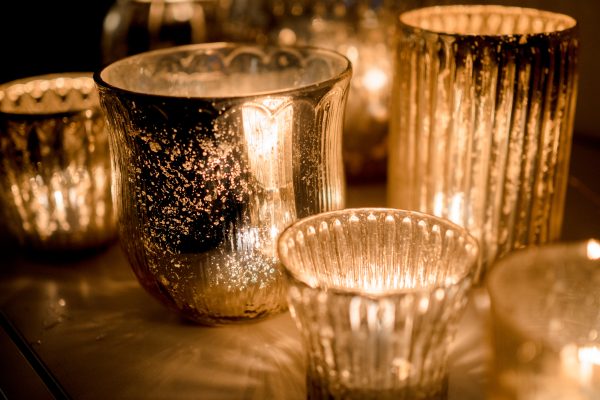
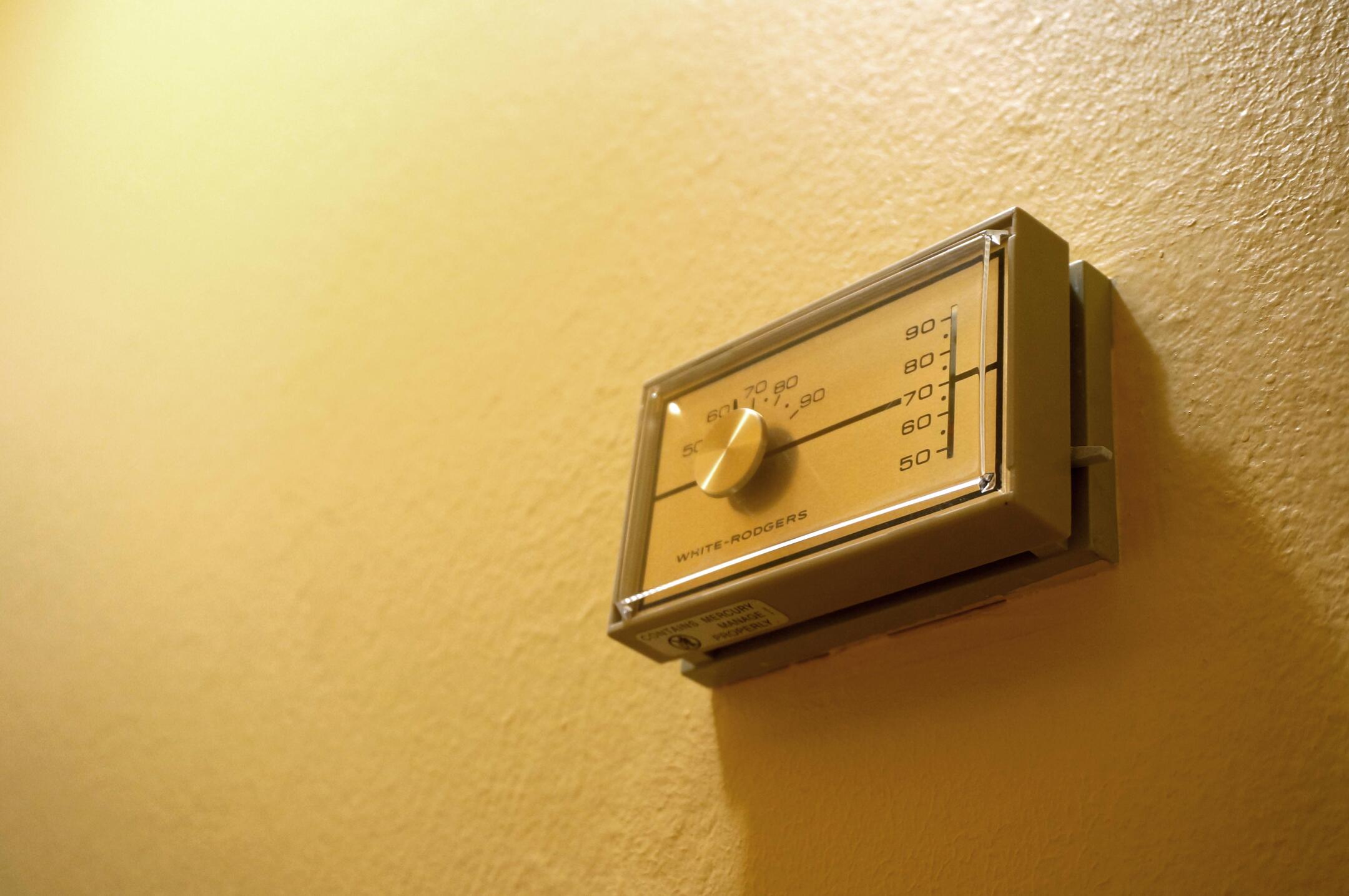
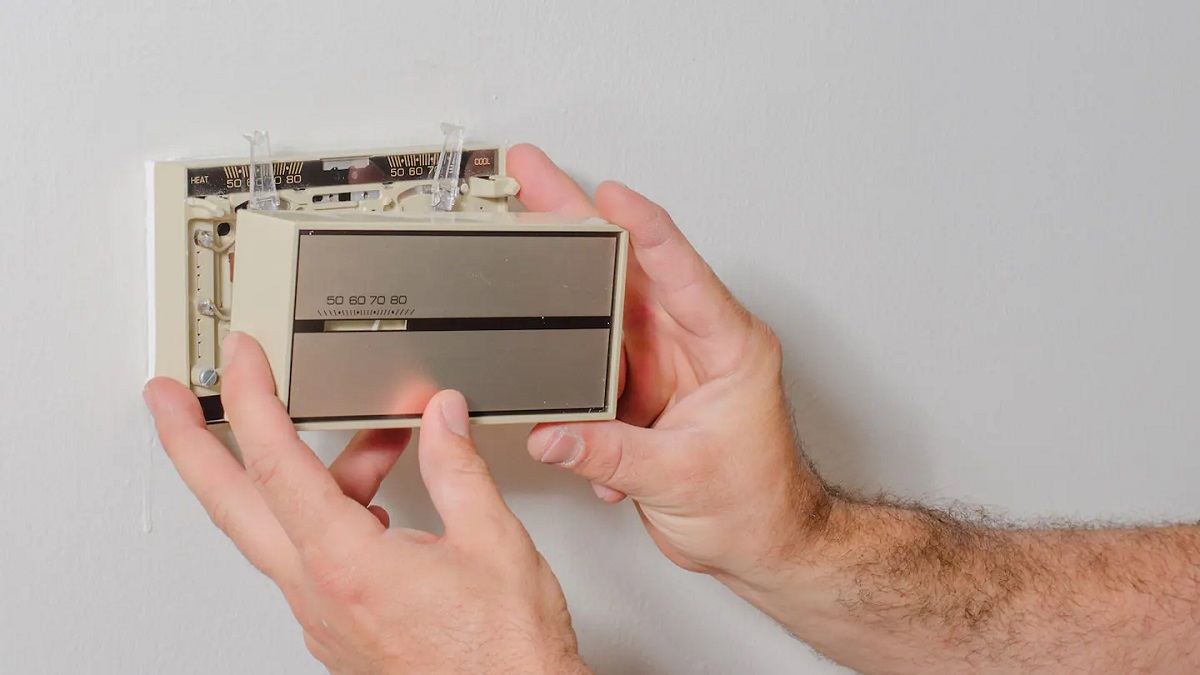
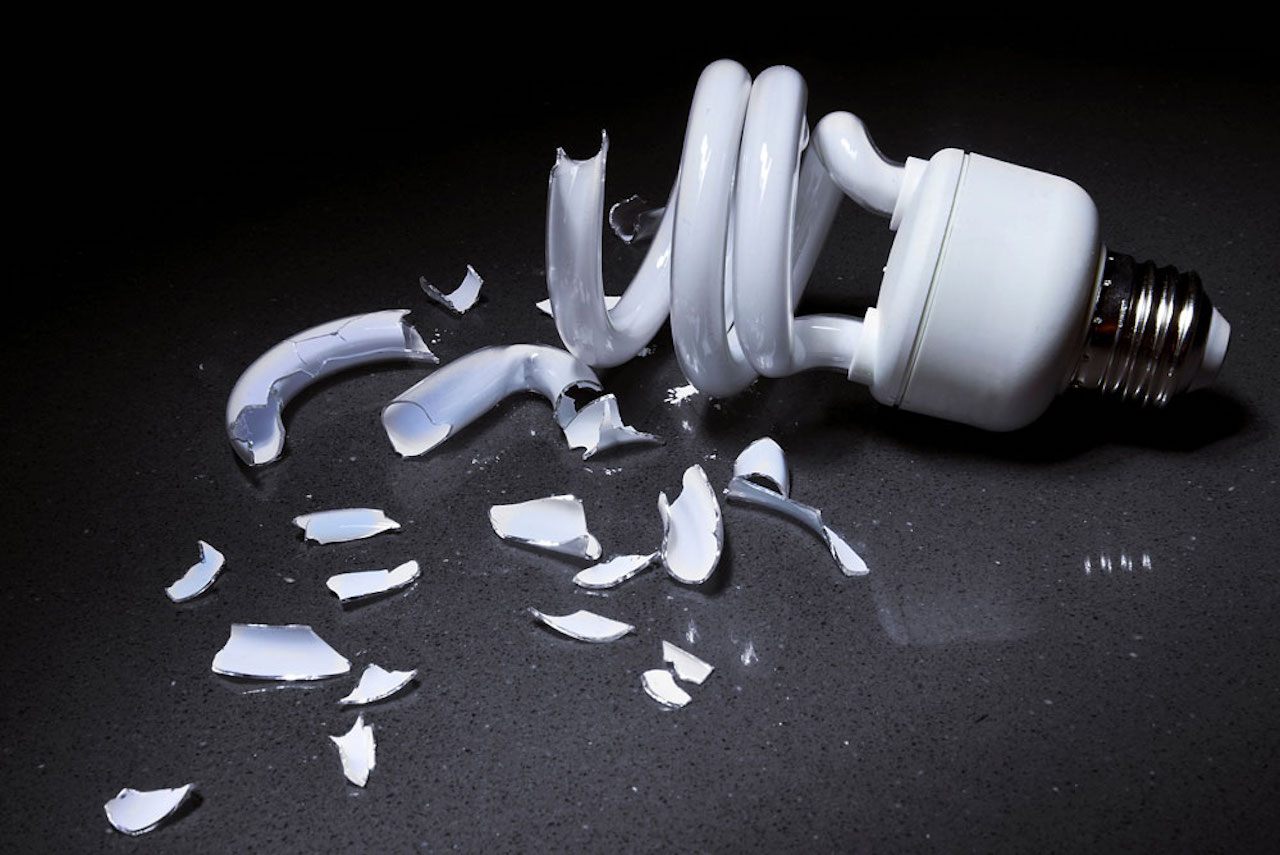

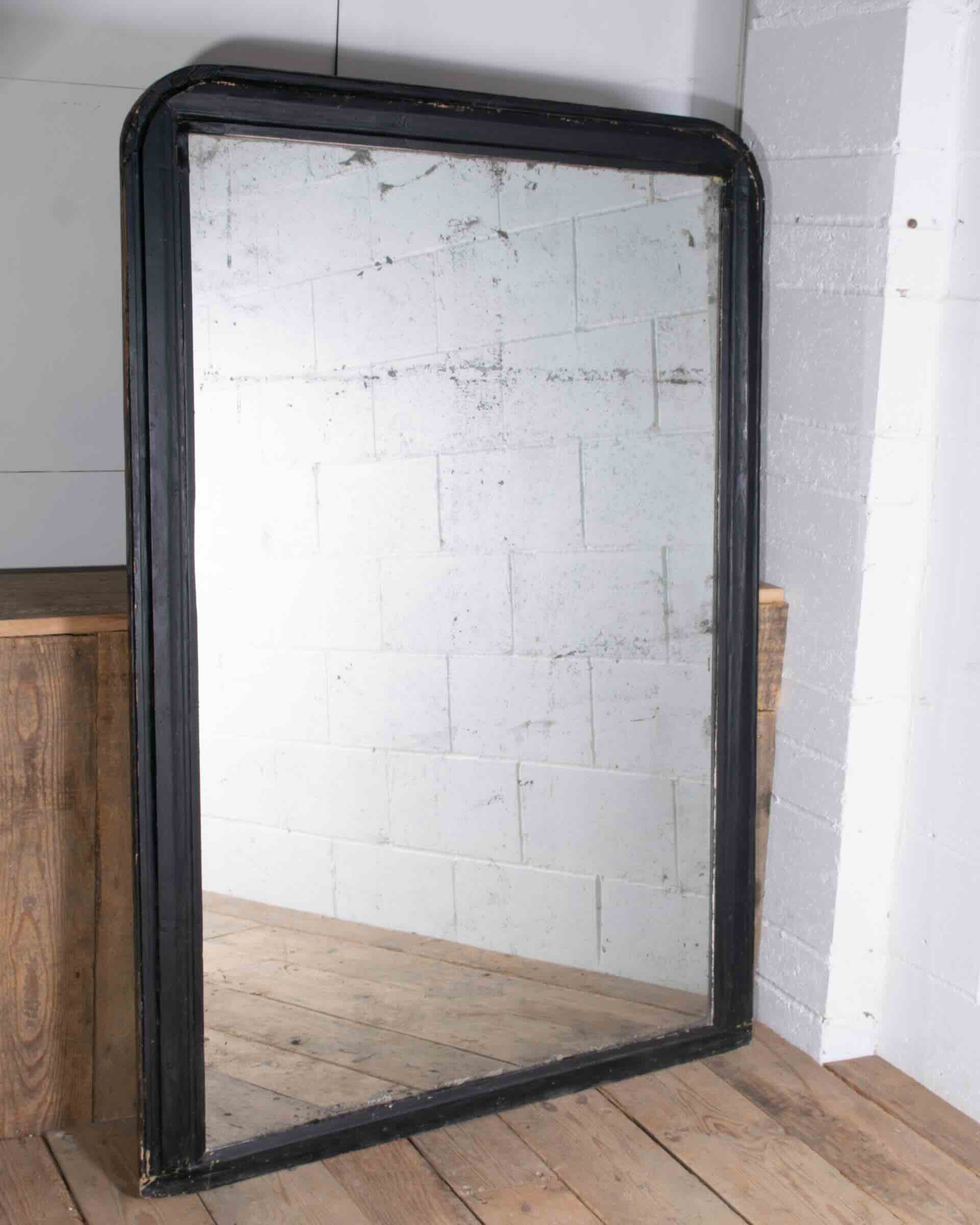



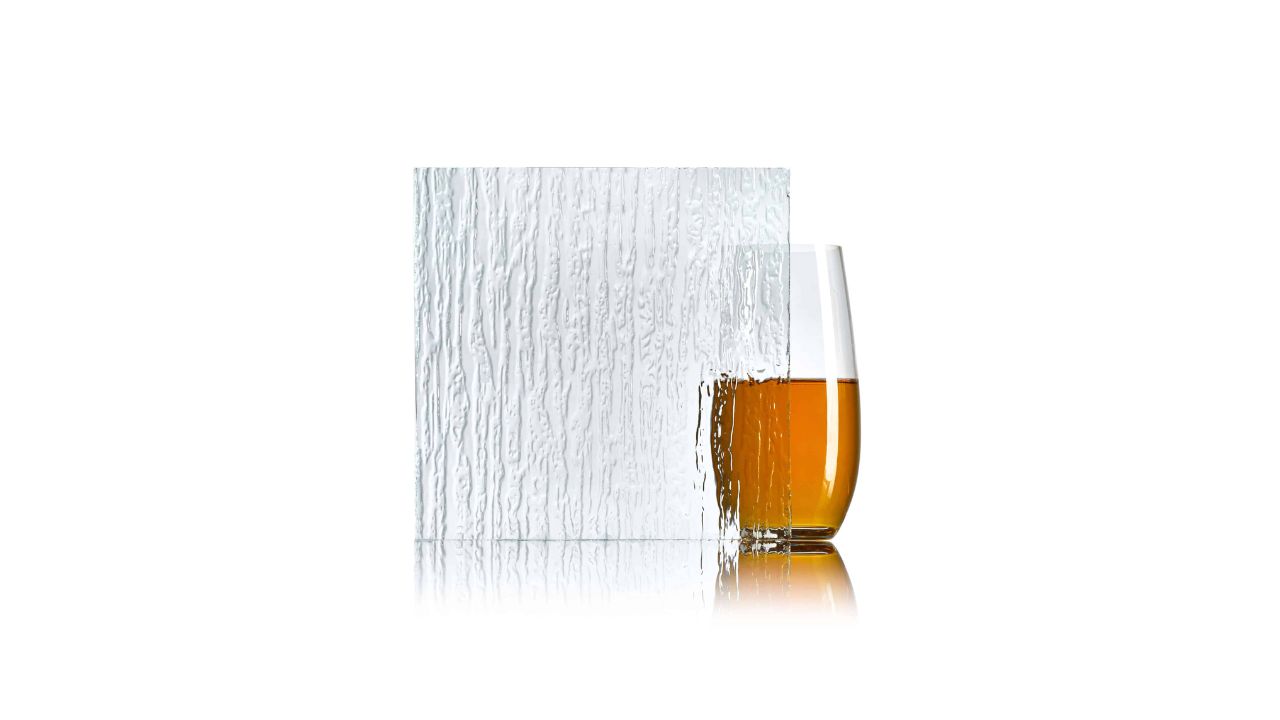

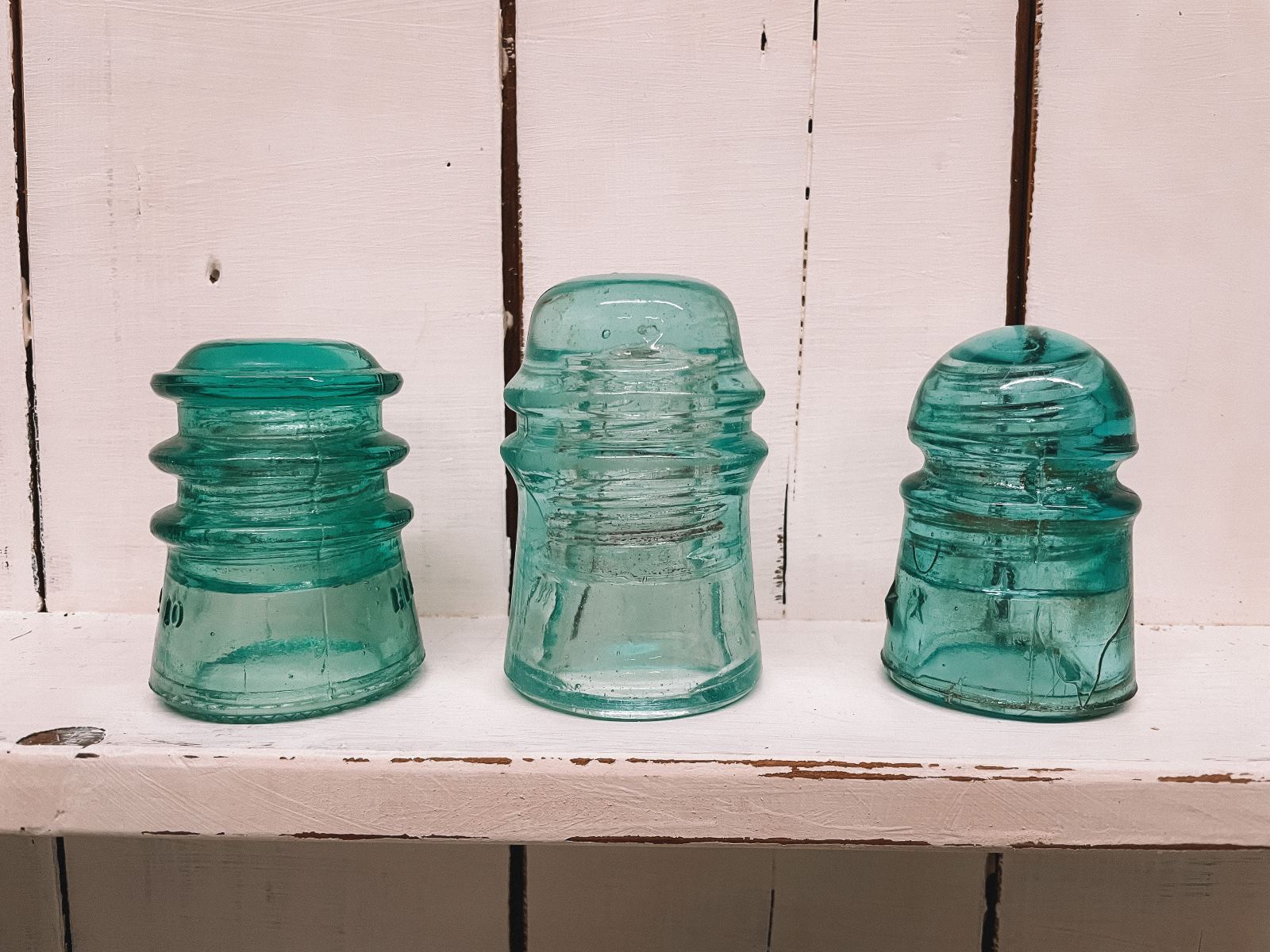



0 thoughts on “What Is Mercury Glass”